Climbing Hydrangea, also known as Woodvamp or Decumaria Barbara, belongs to the Hydrangeaceae family and is native to the southeastern United States. This perennial plant is well-loved for its vibrant, rounded flower clusters that vary in color based on soil acidity, ranging from soft pastels to striking hues. Its deciduous foliage creates a lush, green backdrop, enhancing its ornamental appeal.
Thriving in moist, well-drained soils, this species flourishes in woodland or garden environments, where its adaptability to partial shade makes it a favorite among gardeners. The Climbing Hydrangea is an excellent choice for adding vertical interest and natural beauty to any landscape.
| Common name | Climbing Hydrangea, Woodvamp, Decumaria Barbara |
| Botanical name | Hydrangea barbara |
| Family | Hydrangeaceae |
| Species | barbara |
| Origin | South East USA |
| Life cycle | Perennial |
| Plant type | Ground Cover |
| Hardiness zone | 6, 7, 8 |
| Sunlight | Dappled Sunlight |
| Maintenance | Low |
| Soil condition | High Organic Matter |
| Soil ph | Acid |
| Drainage | Moist but Well-Drained |
| Growth rate | Medium |
| Spacing | 12 – 24 ft. |
| Harvest time | Fall |
| Flowering period | Spring |
| Height | 12 ft. – 36 ft. |
| Flower color | Cream, Tan |
| Leaf color | Green |
| Fruit color | Brown, Copper |
| Fruit type | Capsule |
| Flower benefit | Fragrant |
| Garden style | Butterfly Garden |
| Uses | Vertical Spaces |
I. Appearance and Characteristics
Decumaria barbara, commonly called climbing hydrangea or woodvamp, is a species plant in the Hydrangea family. It is native to the southeastern United States, where it is widespread. Its typical natural habitat is wet bottomland forest, although it is also found in rich mesic forests in the Appalachian Mountains.
Decumaria barbara is a high-climbing woody vine that clings to trees with hairy aerial roots. It has adventitious roots and glossy, opposite leaves. It produces small white flowers in late spring and early summer.
The only other member of this genus is Decumaria sinensis, of central China.
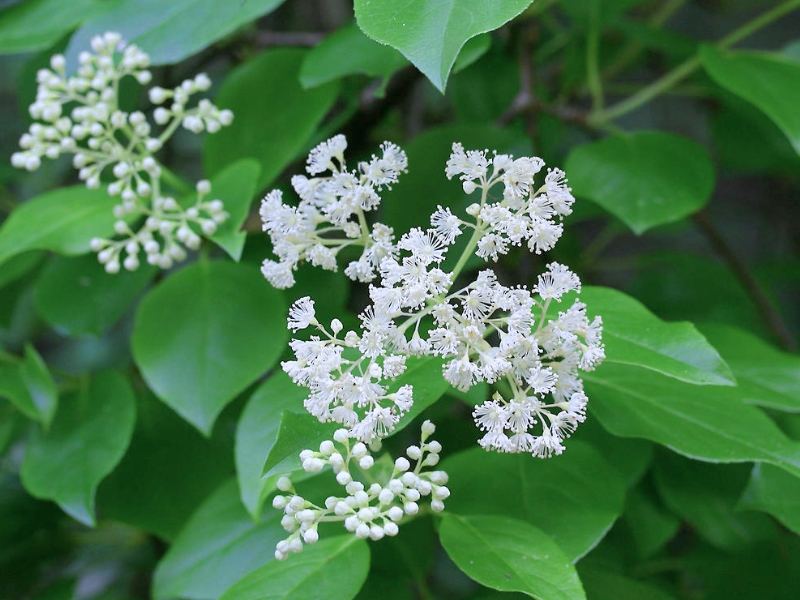
II. How to Grow and Care
Sunlight
The native environment of hydrangea barbara is under sparse forest, so it is adaptable to partial shade. Too little sunlight will reduce the flower number or even produce no flowers, and too much sunlight may cause sunburn to flowers. In gardens, the best place to plant hydrangea barbara is a place where it can fully receive the morning sunlight while being partially shaded in the afternoon. The colder the climate, the longer sunlight exposure is needed. In the coldest hardiness zone, it requires at least 6 hours of sunlight a day. In the warm areas where it is best adapted, 3 hours of sunlight a day is enough.
Temperature
Hydrangea barbara likes cool and moist environments with relatively small seasonal and day-night temperature differences. The best temperature for it is 18 to 29 ℃ and winter temperatures should not be lower than -1 ℃. The differentiation of flower buds requires temperatures of 4 to 7 ℃ for 6-8 weeks. Blooming can be promoted under 19 ℃. The flowers fade faster under high temperatures above 30 ℃. Hydrangea barbara has relatively strict requirements for soil, which should be moist, permeable, and free of accumulated water.
Watering
Hydrangea barbara demands a very large amount of water. The recommended watering frequency is at least three times a week. Please note that the frequency should be appropriately increased in dry areas or during hot summers. The soil should always be kept moist, but free of accumulated water. The watering frequency may be adjusted in different seasons according to this criterion. Furthermore, water should be quickly supplemented if hydrangea barbara leaves begin to wither.
Soil
Hydrangea barbara requires soil that is rich in humus and well-drained. It likes moist soil but is not resistant to waterlogging. If the soil is heavy, coarse sand or organic fertilizer can be added to improve draining and permeability. This can also increase the organic matter content. If the soil easily dries out, cover it with organic mulch to keep it moist while maintaining ventilation.
The soil pH will affect flower colors of some varieties of bigleaf hydrangea. Hydrangea barbara growing in acidic and aluminum-rich soils will bloom in blue, while in alkaline soils they bloom in pink. An appropriate amount of aluminum sulfate or lime can be added to the soil to adjust the pH if you want to control the flower color.
Fertilizing
Bigleaf hydrangea needs to be fertilized with a small amount of compound fertilizer a few times from spring to early summer every year. Panicle hydrangea only needs to be fertilized once a year, and the best time for fertilization is in spring. Oakleaf hydrangea is best fertilized twice from spring to early summer every two months. Smooth hydrangea only needs to be fertilized once before the end of winter.
Iron deficiency is prevalent in hydrangea barbara and causes the plant to grow significantly more slowly. The spaces between the veins of young leaves at the tips of branches begin to lose their green color. Gradually, the leaf turns yellow from the tip to the base. Once an iron deficiency is discovered, adjust the soil with an acidic fertilizer or something similar to make it slightly acidic. This will increase the iron absorption capacity of plant roots. Alternately, complex iron may be supplemented by foliar spraying or root burying to improve the conditions.
Planting Instructions
The ideal planting time for hydrangea barbara is early spring or late autumn. A very high survival rate can be obtained by transplanting hydrangea barbara after it has gone completely dormant. Additionally, it can also be planted in late spring and early summer, but make sure the soil is always moist and well-draining. During the initial stage of transplanting, pay attention to shading. Proper shading will reduce the evaporation rate and prevent sunburn.
For transplanting, dig a pit 61 cm wider than the diameter of, and as deep as, the plant’s root ball. Cover the pit with soil and pile up a small soil mound aboveground to help with water drainage. If planting in a flowerpot, make sure the diameter of the pot is at least twice as big as the root ball.
Pruning
Hydrangeas pruning methods can be divided into two types, based on their different blossoming modes.
The first pruning method is suitable for bigleaf hydrangea (excluding ‘Endless Summer’, a variety that blooms on both old and new branches) and oakleaf hydrangea. These two hydrangeas bloom on old branches and have relatively strict requirements on pruning time, usually only in early summer, and no later than late summer. In late spring, they are blooming or going to bloom, and flower buds start to form or develop from late summer to the following spring. Daily pruning is required to cut off withered flowers and dead, weak, and inward-growing branches.
These hydrangeas have a distinctive feature: new branches will form on two buds adjacent to a cut. Buds that are lower then become almost undeveloped or grow poorly due to the lack of apical dominance. Therefore, pay attention to whether there are buds under the cut, as well as the height of branches and directions of buds. They have opposite branches, so the directions of reserved buds should be decided by the specific shape of the plant. Additionally, when plants are too large, they can be pruned heavily in summer. The part above the ground should be kept at about 15 cm high. This way, there will be a new, small plant at the end of the year, and it will not affect blooming next year.
The new branches of ‘Endless Summer’ bigleaf hydrangeas will bloom. Therefore, there are no strict requirements on pruning time; just avoid pruning in spring when buds are formed. Pruning during the rest of the year does not affect flowering, and plants are usually pruned in winter after the leaves fall.
The second pruning method is suitable for smooth hydrangea and panicle hydrangea. These two hydrangeas bloom on new branches grown that year, so there is a large window for pruning. Blooming will not be affected by pruning in all seasons except during spring budding. The only existing smooth hydrangea is the Annabelle series. After its leaves fall in winter, the parts of Annabelle above the ground can be completely cut off.
However, this results in one disadvantage: the flowerhead of smooth hydrangea is very large and attaches to the annual branch, which is top-heavy, so support is required. Therefore, several main branches and primary side branches should be specially trained during pruning to prevent lodging during blooming.
III. Harvesting and Storage
Hydrangea barbara inflorescences can be divided into two categories according to their shapes: Lacecap and Mophead. Both can be used as cut flowers. The inflorescences can be cut with sharp scissors as soon as they fully bloom. The best time to pick flowers is early morning, which helps avoid the effects of evaporation. The stem should be cut at a 45-degree angle and soaked in cool water as soon as possible to prevent moisture loss.
Find Where to Buy the Best Woodvamp (Climbing Hydrangea, Hydrangea barbara)

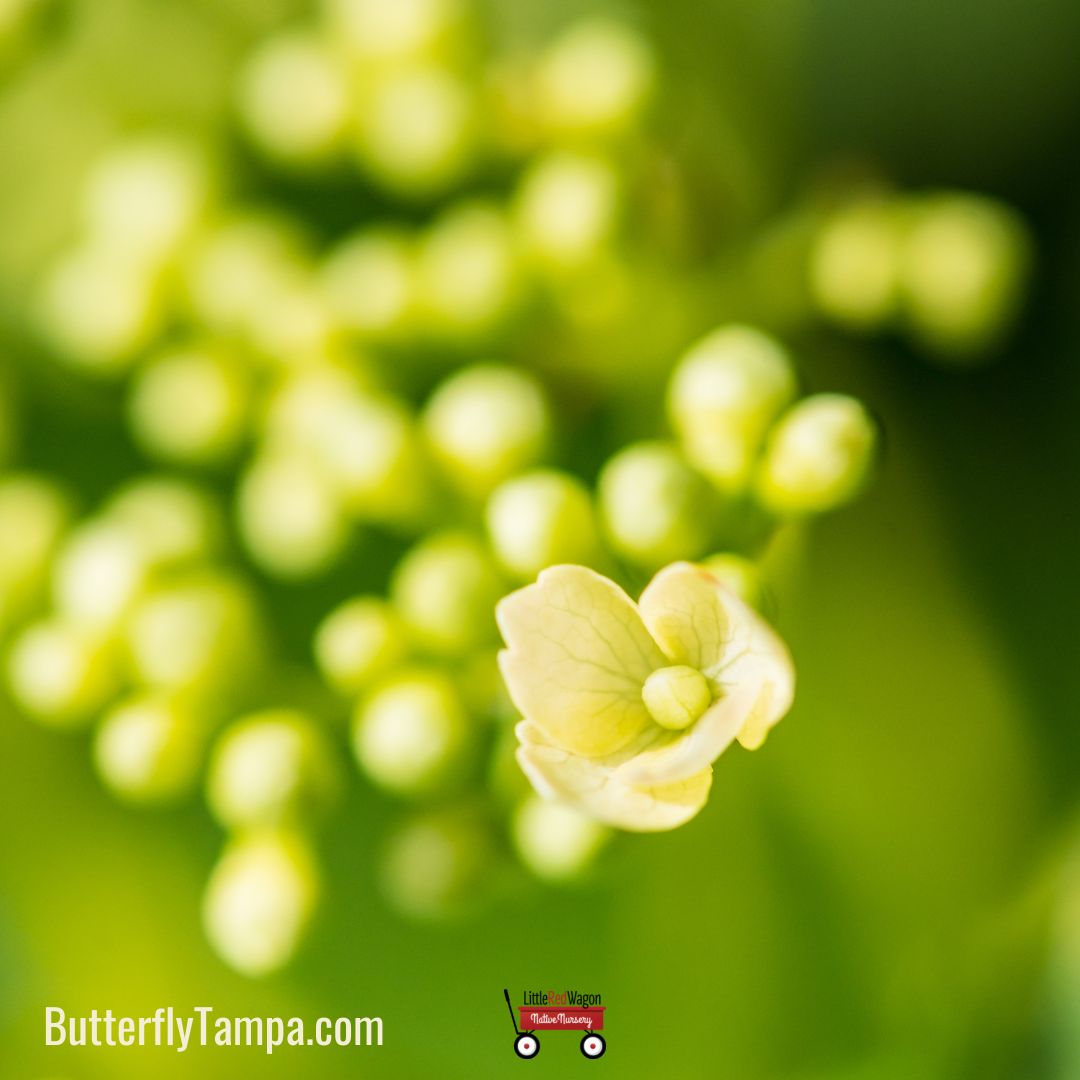



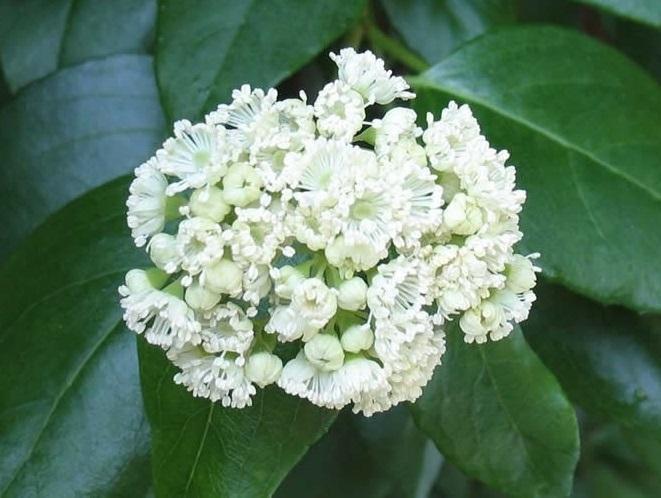
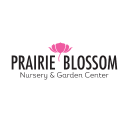
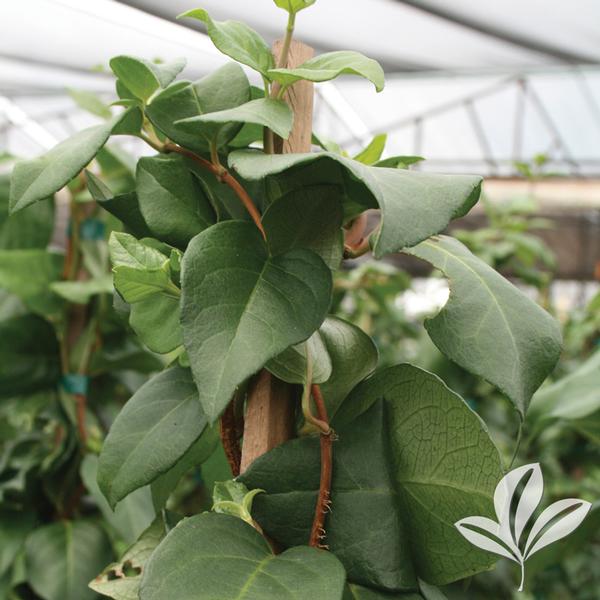

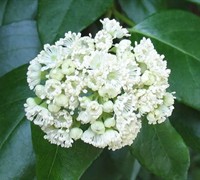
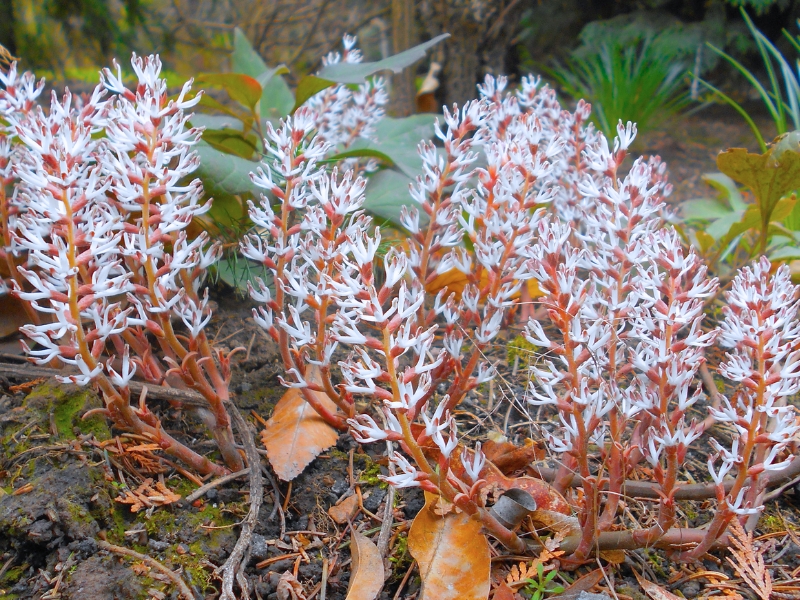
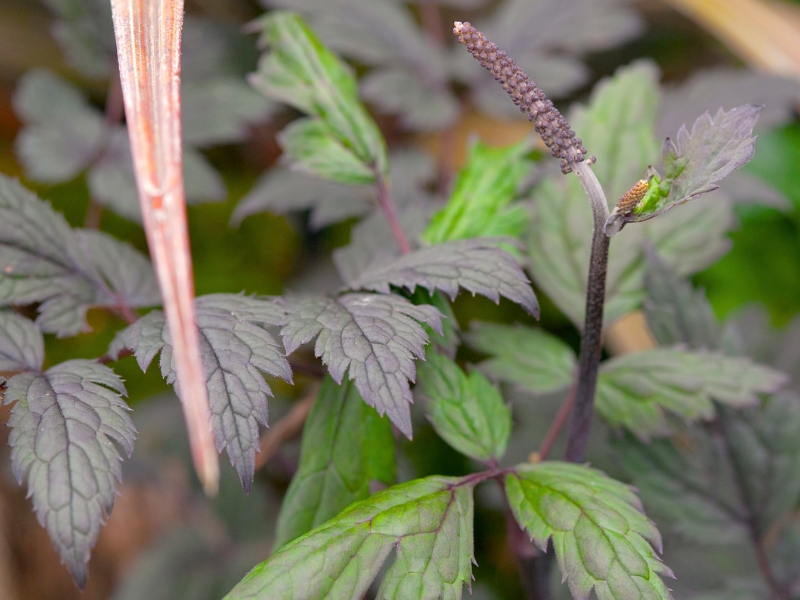
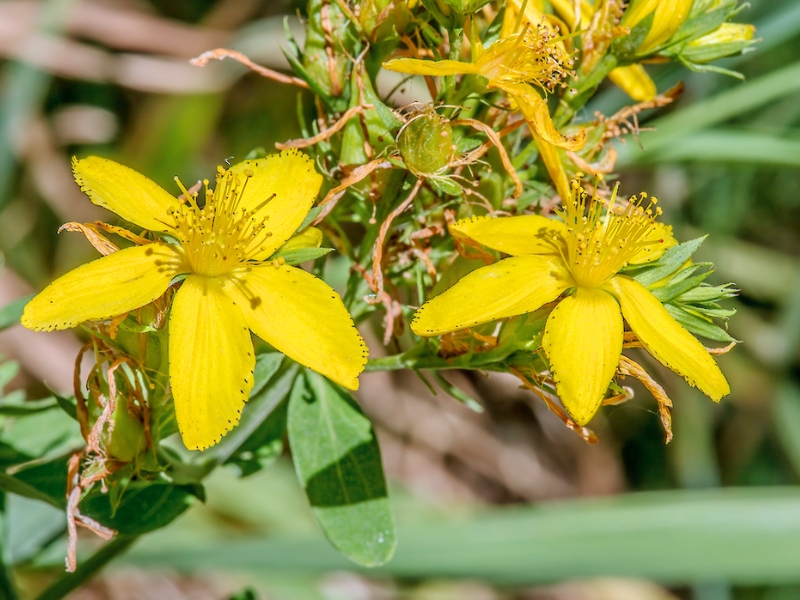
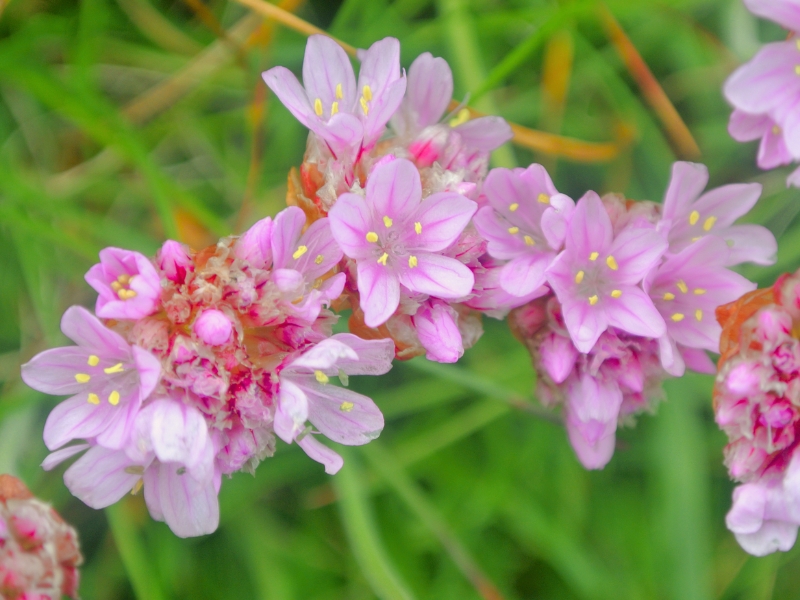
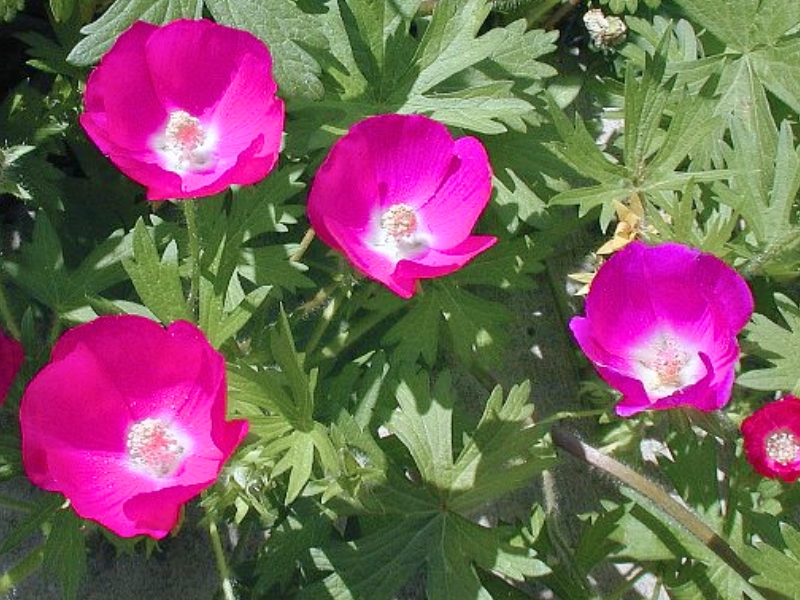
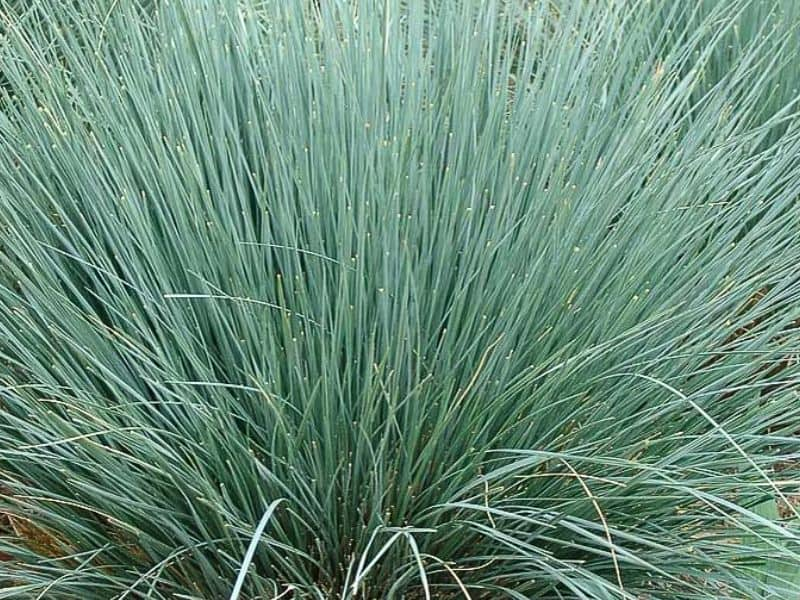
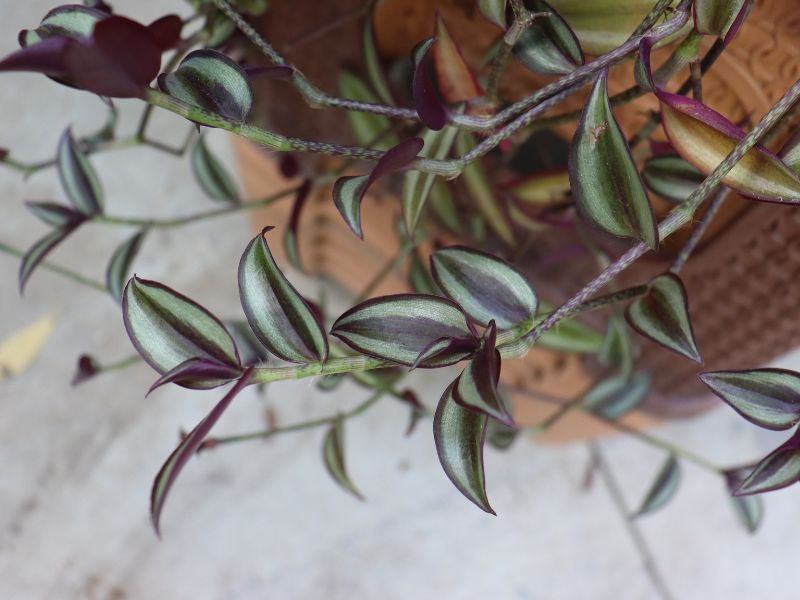
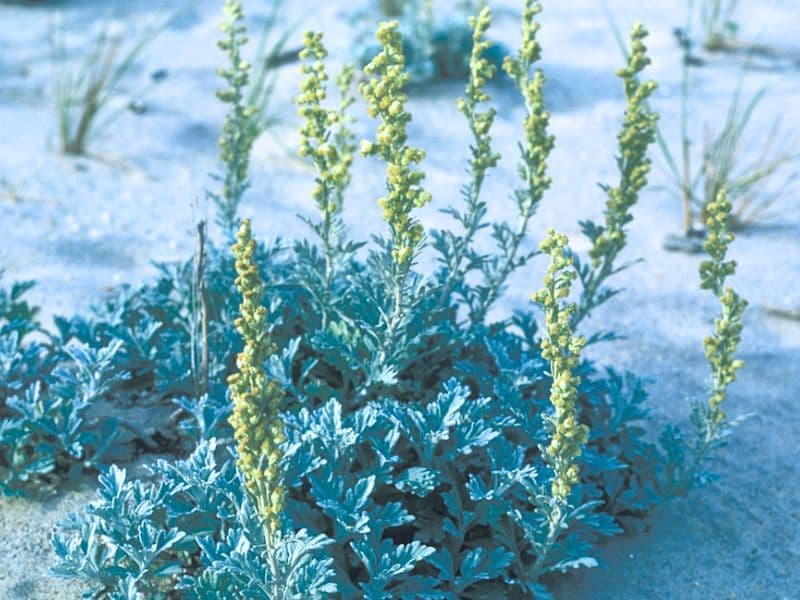
Leave a Reply